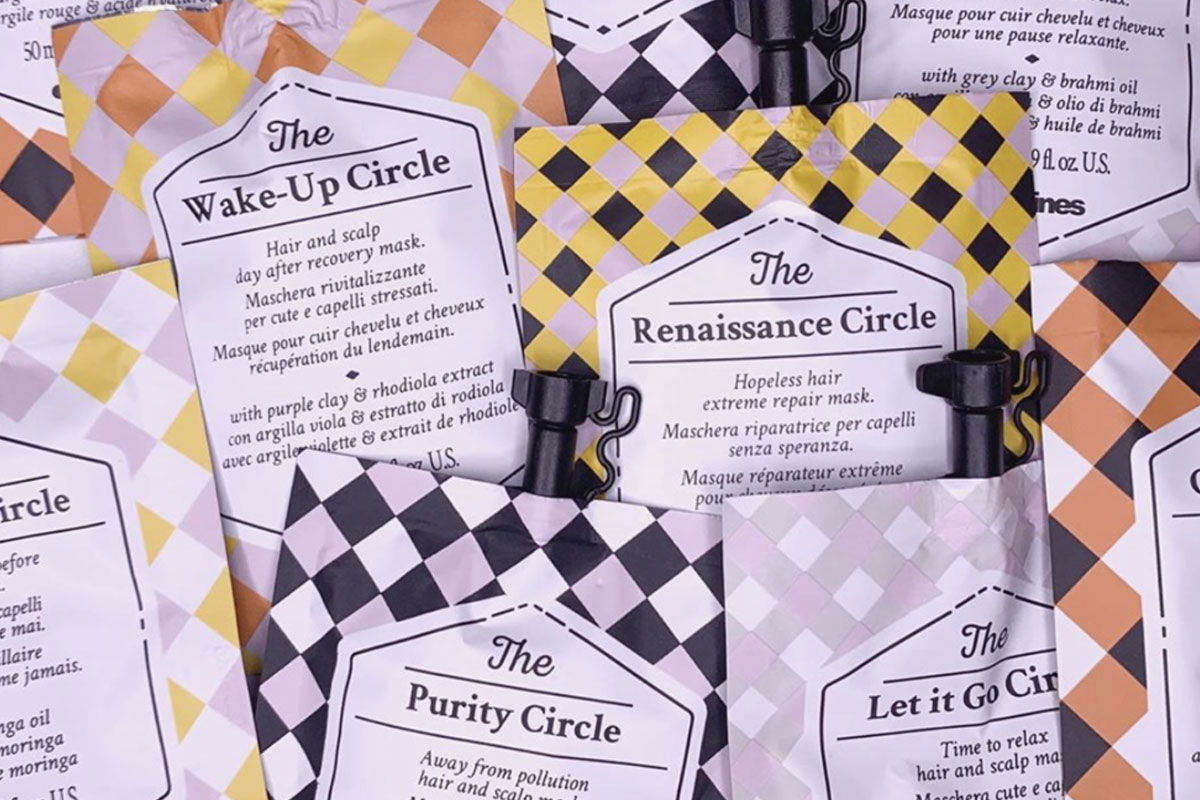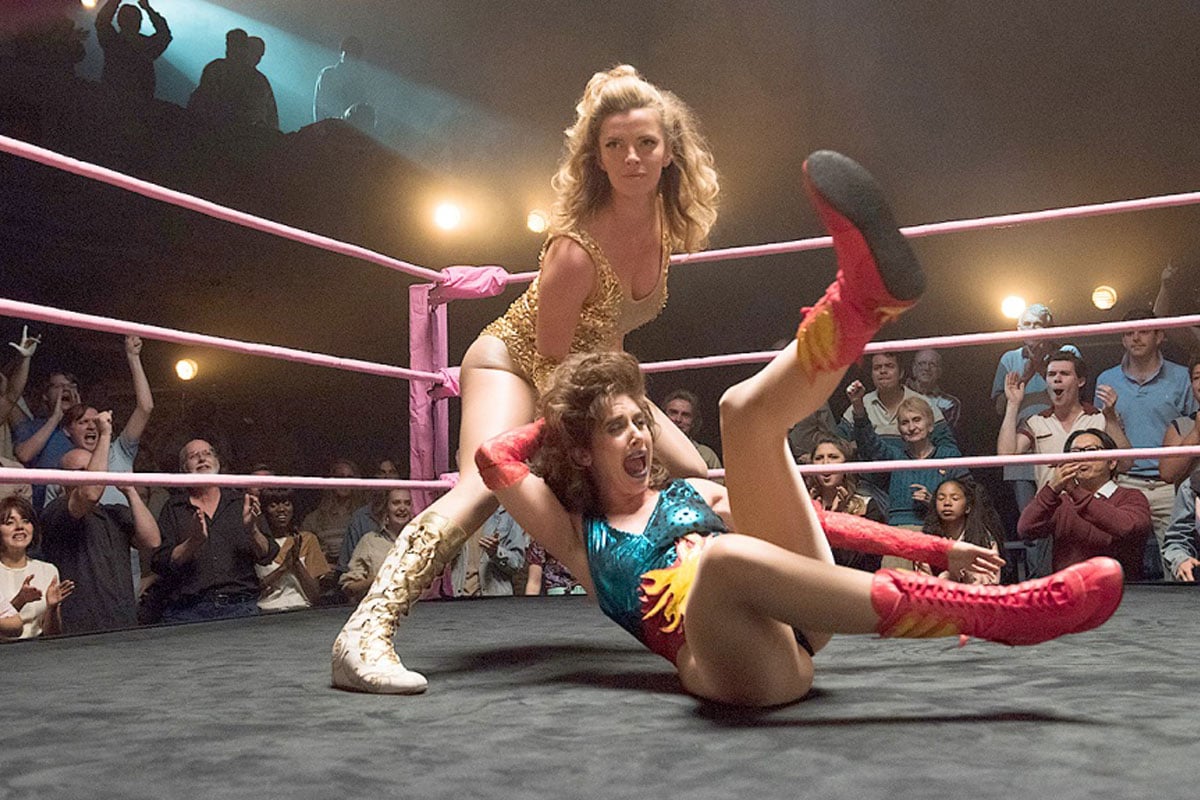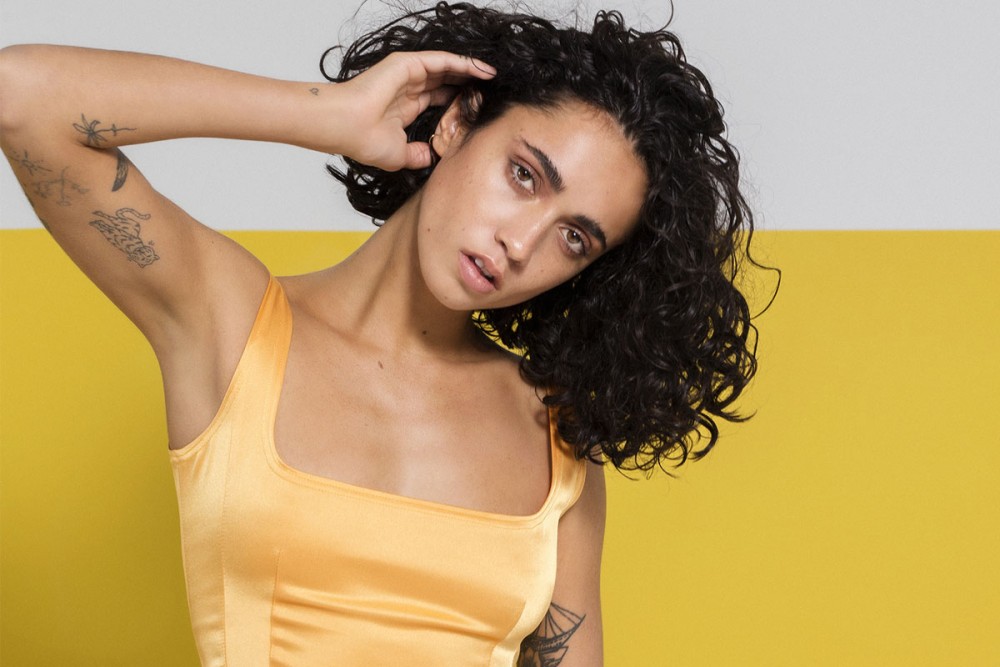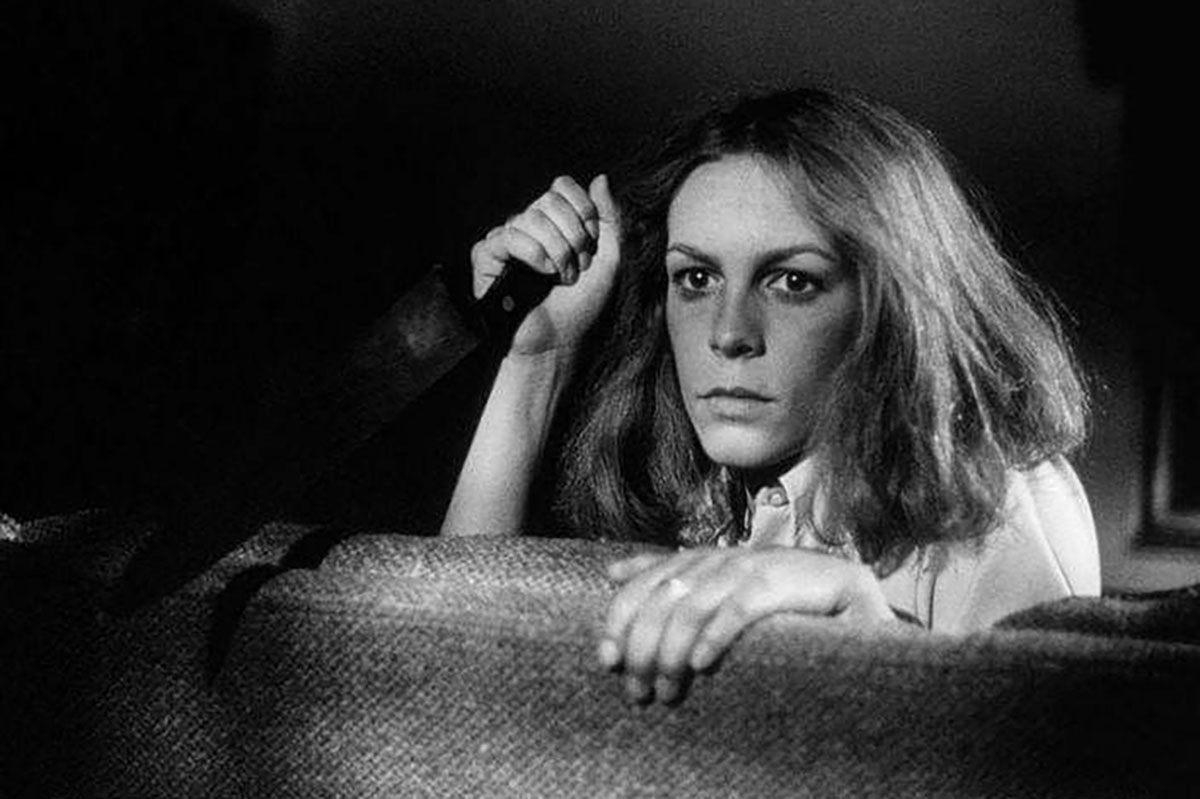
By Helena Madonna
Who comes to mind when you hear the words Final Girl?
Is it Dani's bewildered, glazed expression as she realises she's reached the point of no return (Midsommar)? Perhaps it's the chiming of glass beads as Lady Hideko and Sook-hee share an exhale of freedom (The Handmaiden). Or maybe you picture Beatrix Kiddo's flood of emotion as she stands before the very thing she thought she'd lost forever, the most important part of her world (Kill Bill). Perhaps you instantly go the iconic Final Girl, Jamie Lee Curtis' Laurie Strode in Halloween.
Whichever sequence comes to mind, there's no denying that the Final Girl archetype is one of the most impactful and moving tropes in cinema. A last girl standing, having endured, defeated and overcome a hero's journey. Scarred, transformed and still alive to tell it. Flooded with meaning, symbolism and liberation, their hair becomes the clearest mirror. Telling the story not just of style but selfhood.
DANI IN MIDSOMMAR, directed by Ari Aster
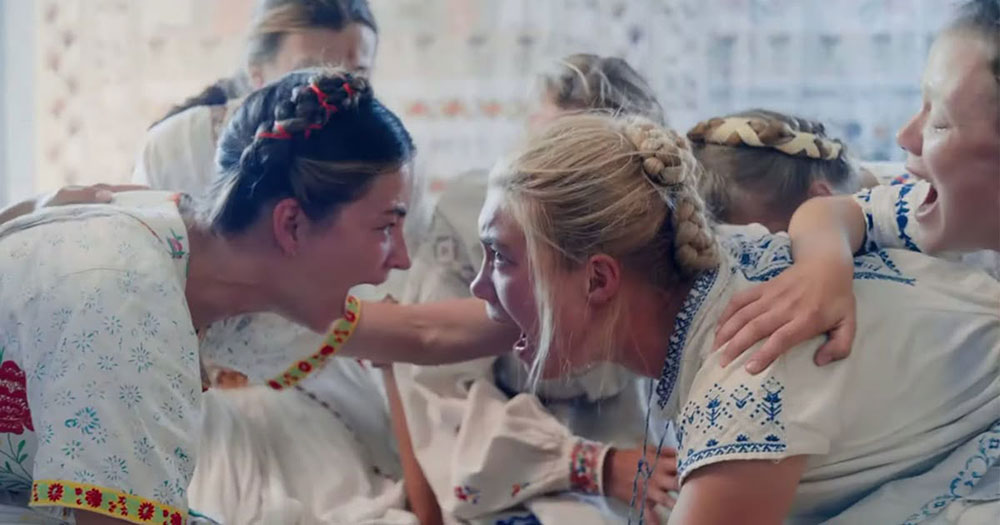
A boundless blue sky with a sun that never sets and a vast lush meadow might fool anyone into believing it's an idyllic place to grieve. But a few sips of mushroom tea and a pie laced with a suspicious curl of hair begin to hint at the harrowing dread cuffed and bound in broad daylight. A relationship soured much past its expiration date festers under a false sense of security, surrounded by flowers that bloom with warning.
May Queen Crown
Once tied in a simple pony, Dani's hair is rewoven by the toxic sisterhood at the height of her vulnerability. What begins as an innocent, humble crown of braids swells into something ceremonial yet suffocating. Slowly, it morphs into an overgrown halo, layered with petals that blur vengeance and blissful dissolution.
RIPLEY IN ALIEN, directed by Ridley Scott
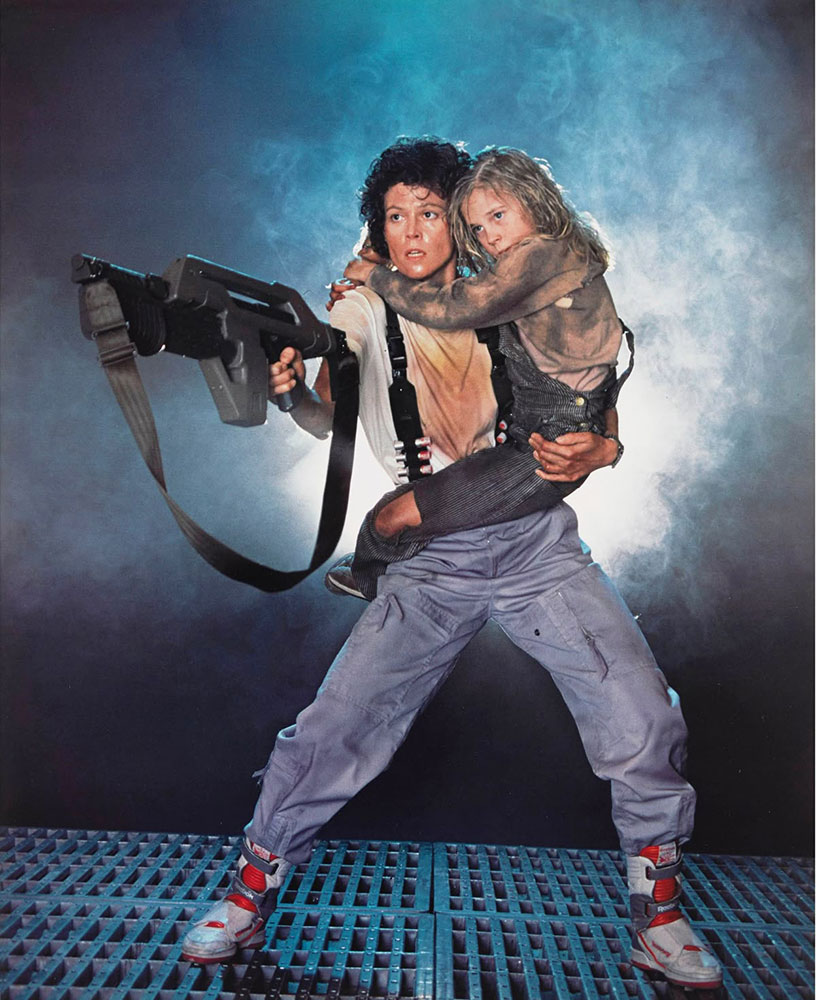
There's no silence quite like it, in space no one can hear you scream. A crew of seven drifts utterly alone, accompanied only by the low, continuous hum of the Nostromo and the cold observation of a predatory presence. Unease seeps through the hollow corridors as the pods in the sleeping quarters are gently woken, each member rising like the fragile hatchlings of an egg.
The Face Hugger
Ripley's curly framings deliciously consume her features, enhancing her bone structure rather than suffocating them like a true Face Hugger. A set of textured, free flowing yet perfectly coiled curls make for the perfect style for the final girl archetype and ultimate survivalist. There's no time for readjustment when fighting off chest bursters and shooting at screeching Xenomorphs.
LADY HIDEKO IN THE HANDMAIDEN, directed by Park Chan-wook
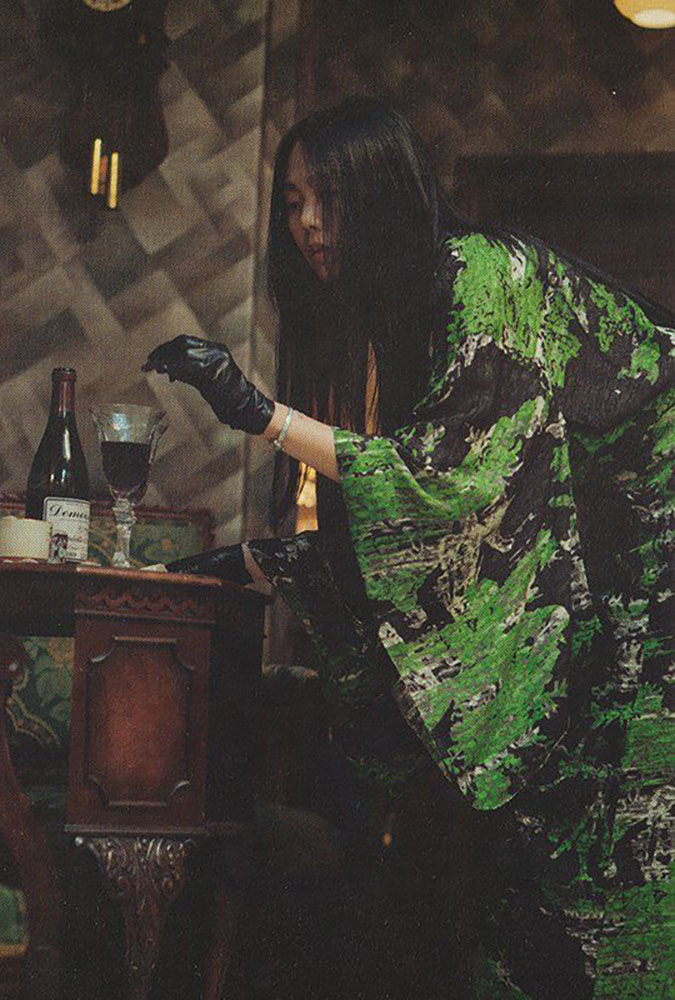
A vast library full of erotic tales and excessive repressed desires. The room is hushed, ripe with unfathomable sexual appetites. Gentlemen dressed in tailcoats like straight jackets; binding repulsive, twisted fantasies. Leaning forward with anticipation, they wait for Lady Hideko to speak. She sits on tatami mats laid out like a stage, behind her an octopus pulses in its glass tank. A reminder that desire is as slippery and suffocating as its tentacles.
Glossy & Severe
In Lady Hideko's world, performance is demanded. On stage, her hair is ornate. Each strand tethered into submission, just as her body and voice are bound to exhibition. She's on display like the books she reads from. It's only when her hair falls loose that we get a glimpse at her vulnerability, signalling moments of intimacy and desire. A reclaiming of identity on her own terms.
ELLEN HUTTER IN NOSFERATU, directed by Robert Eggers
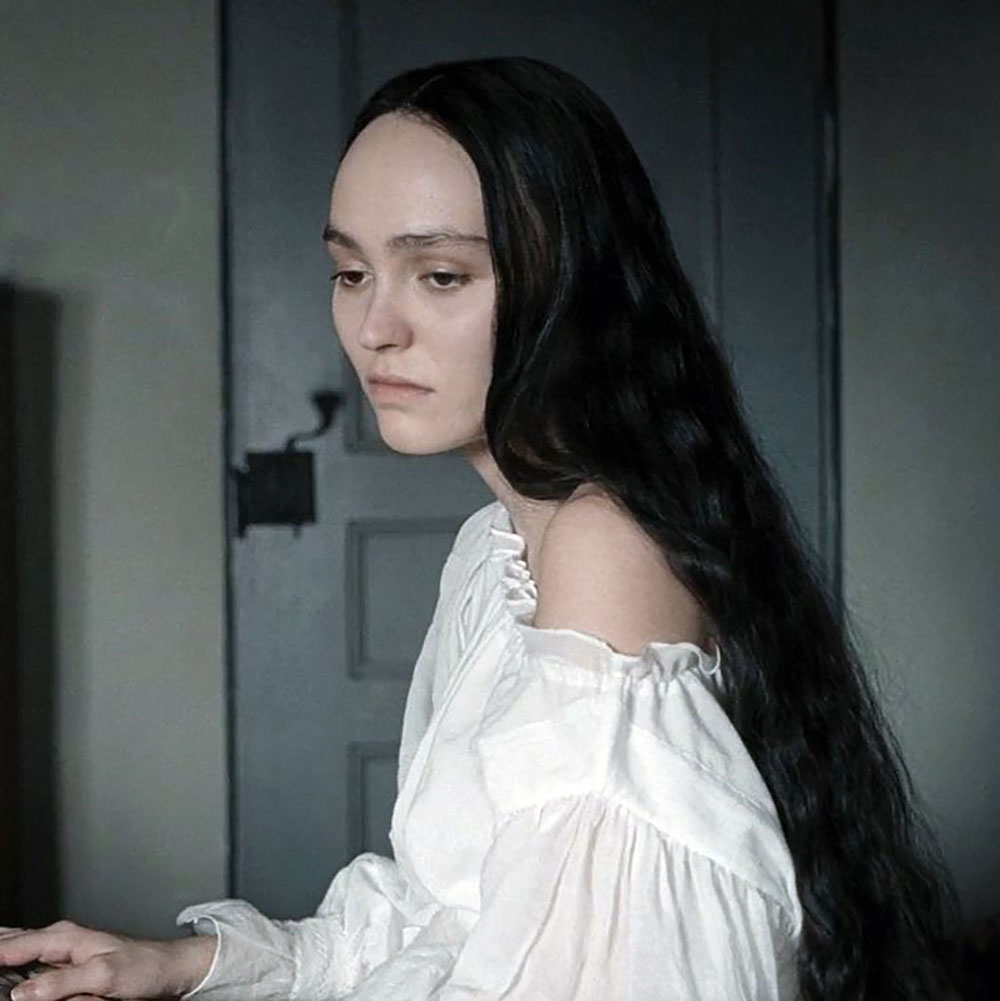
Shaky cries of a white-gowned maiden disturb a room cold and empty. Tears streaming and charged with unease, she utters the words 'come to me', awakening a rotting hunger from his eternity of darkness. Shadow flooded walls inhale a silent stillness and something unholy with a damp gust of wind as the grotesque figure emerges from beyond the curtains. She has felt him, crawling like a serpent in her body. He draws her helpless form closer, ready to consume the soul he can't resist.
Veil Awakened
Alone in her chambers, Ellen's ebony tresses are always seen unpinned and free flowing. They frame her as an angelic figure; embodying life and vitality, something Orlok lacks. Her loosened waves signal an openness that's then immediately preyed upon. Unpinned, they mark her as exposed with a readiness to be "taken", something she ultimately weaponises and uses against Orlok to defeat him.
BEATRIX KIDDO (THE BRIDE) AKA BLACK MAMBA IN KILL BILL VOL 2, directed by Quentin Tarantino
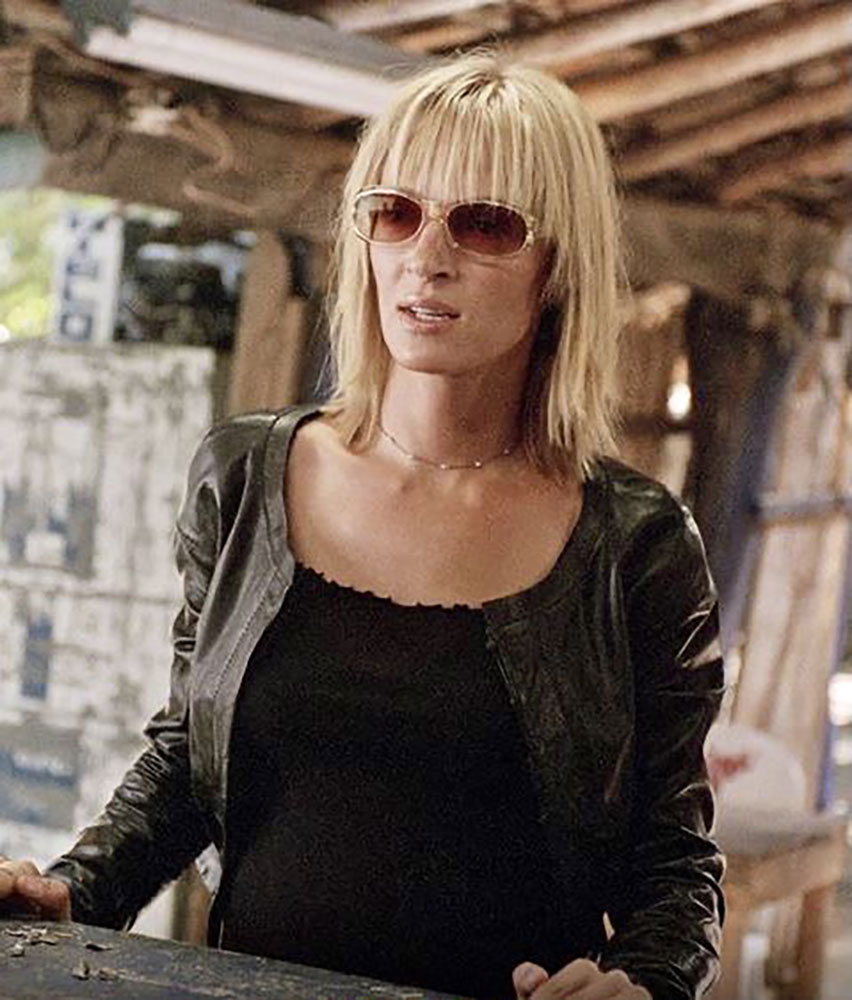
A secluded home, warm and rustic, tucked away in Mexico, an unlikely refuge for a "murdering bastard". Revenge is a dish best served cold and The Bride never failed to devour it, her appetite unsatisfied until Bill was finally on the receiving end. Yet before that strip turned blue, she was still the vengeful assassin, a killer who would have killed for Bill. Who would've thought a samurai sword baring, relentless Black Mamba could crumble in seconds before the humble, innocent words, "Freeze, Mummy".
The Mercy Mane
Beatrix Kiddo and Bill have unfinished business, on account of him "bustin' a cap" in her crown. Her infamous blonde bob, once a weapon whipping through carnage, now falls loose around her face. What was once sharp and severe, the perfect pairing to a bright yellow tracksuit, has softened into a floaty, delicate balance against her leather jacket and powder blue skirt. She is tender, almost fragile, yet still armed with Pai Mei's deadly and decisive Five Point Palm Exploding Heart Technique.
JEN IN REVENGE, directed by Coralie Fargeat
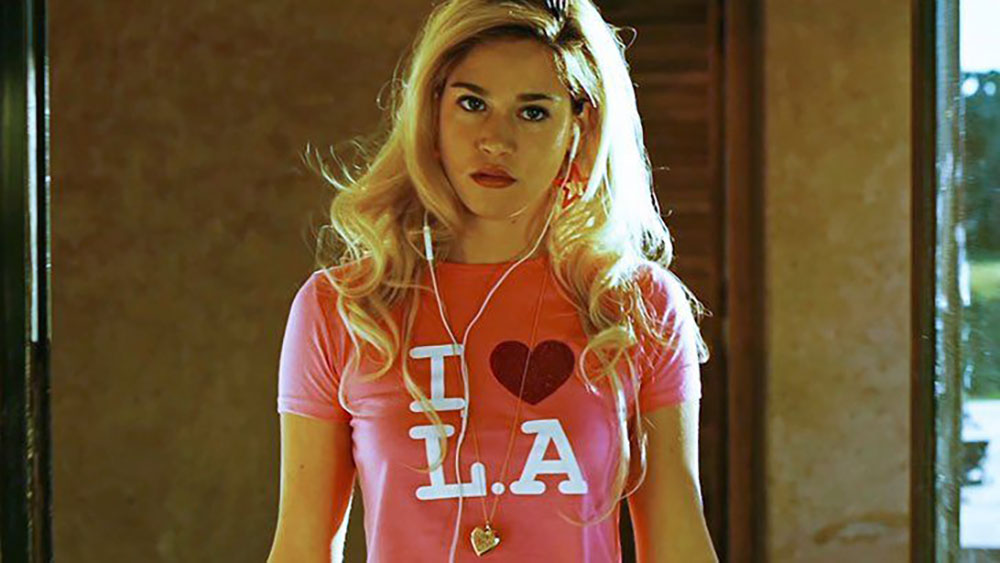
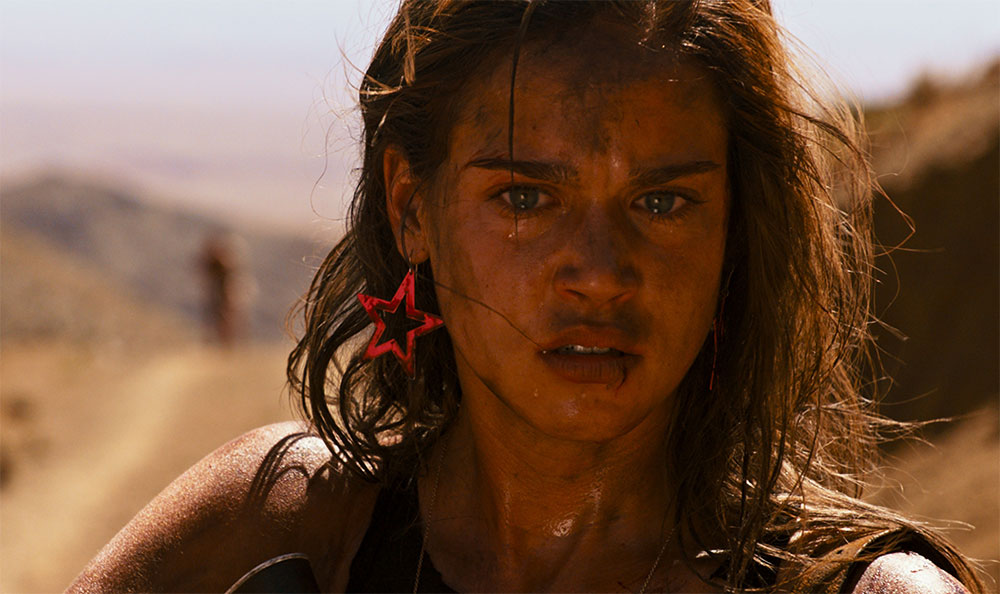
An ant scuttles through desert sand, violently shaken by gargantuan clots of blood falling like heavy rain. Limbs dangle, twitching faintly with the last traces of life. The desert doesn't forgive and neither does she. A sudden gasp, confusion fading to realisation. A desperate grasp for earbuds and a bubble gum pink lighter, a fragile chance at freedom before her vulturous predators close in.
Bubble Pop Blow-dry
Jen's hair, once sun-bleached and blown out for leisure, now clings to her face with blood soaked strands, tangled with sand and sweat. As she fights tooth and nail to hold onto the frail fragments of life she has left, her hair shifts from carefree to feral. What begins as the visual embodiment of the male gaze - a blonde, lollipop sucking, crop-top wearing figure the men see as disposable - morphs to their deadliest nightmare, something they never imagined she was capable of. Her transformation is a reminder that even when the body is broken, beauty refuses to vanish - it mutates to take on a different form.
ADELAIDE WILSON IN US, directed by Jordan Peele
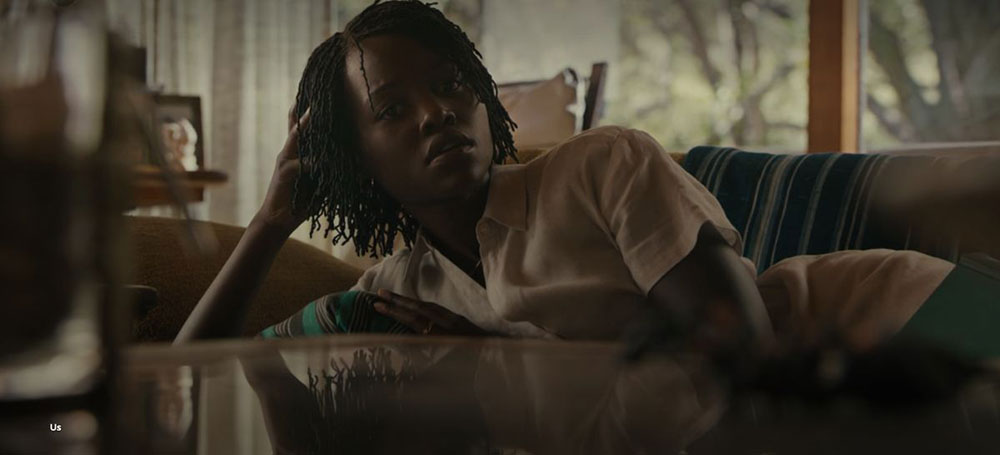
Back at the lakeside home, sand clings between toes. Night has fallen, the cosy living room dimly lit yet an uncanny stillness simmers. From the moment of arrival, the air has been thick with anxiety and unease, a black cloud as Adelaide describes. Flashbacks close in like storm clouds. The hall of mirrors, horrifying reflections that look eerily familiar, terrifying in their sameness. Gabe makes a poor attempt to lighten the mood with a bad joke. Then in a cruel twist of fate, the power cuts out, plunging everything into darkness. And with it come the bone chilling words: "There's a family in our driveway."
Braids Untethered
Unlike her scissor wielding counterpart, Adelaide's hair is free, hanging loosely to frame her face - unbound in their existence, symbolising release. Red, her tethered self, reflects the opposite. Stricter, straighter and rigid. Pulled back, controlled and without softness. Freedom vs captivity reflecting through hair. Both performances tied to identity.
